It’s May 4th, a day in which many people say, “May for fourth be with you”. (Star Wars reference.) Ironically in the camera world I get asked frequently by my Nikon friends, “So when are coming to the dark side?” (The dark side being Nikon; also a Star Wars reference.)
Well, I’m both happy and sad to say that the day has finally arrived. Today I switched my entire camera system to Nikon. (mic drop)
Now let me just pause for a second here and say that if you’re a Canon user and you just spilt your coffee, there’s likely no reason for you to be switching to Nikon (or anything else for that matter). In fact, this decision has taken me months and is very specific to my post-processing style and techniques. Canon cameras make phenomenal images, and their glass (specifically some of my favorite lenses like the 50 1.2L, 14mm 2.8L II and the 70-200 2.8L) will be sorely missed.
In my opinion, the whole Nikon vs. Canon debate really comes down to personal preference. Things like ease of use, light sensitivity, focus metering, megapixels, etc. are all features that each user has to be comfortable with. I’ve shot with Canon my entire life and have been extremely happy with features of the camera and the images that it has produced. The Canon 5D Mark III has done exactly what I’ve asked it to do and then some!
So why am I switching? Great question. Brian Klassen and I have been exploring what’s next in the camera world for a while now. Over the next number of years, we’d like to start printing our images on a larger format media (greater than 2’x3’). Seeing that neither of us have a desire to switch to a medium format camera (like a Phase 1 or Hasselblad), it really comes down to Canon, Nikon, Sony and Pentax. After a great deal of research (by both of us), Brian decided on the Canon 5DS-R with a whopping 50 mega-pixel sensor, while I am making the move to the Nikon D810. (See glass details here.) Brian will back up his Canon 5DS-R with a 5D Mark III, and I will back up the Nikon D810 with a D750. In my mind (and as proven by our personal camera tests), both camera bodies are excellent choices for high quality images.
The reason I am personally making the switch to Nikon is because of a thing called dynamic range. Dynamic range is a term used to describe the difference between the lightest light and darkest dark of a photo. For example, if you were to shoot a person in front of a sunrise, you would likely have to make a decision to either capture the details of the sun and sky (and have your subjects very dark), or capture the details of your subjects (while the sun and sky would likely be washed out to white). When I shoot a scene like that, I tend to either shoot in Manual mode or decrease my exposure compensation in my camera settings (making everything intentionally darker) so that I can recover everything properly in post-production (which is predominantly Lightroom).
What I’ve found with my Canon is that when I’m shooting images with a lot of dynamic range, the recovery process (of blacks and shadows) has always been fairly pixelated.
(Just a quick note for you HDR/Photoshop enthusiasts: I do know that I can shoot a multiple-exposure HDR and merge all of my images in post-production, but call me a purest… I generally like to shoot single-frame photography and master it in Lightroom when I can help it.)
So for example, here is a single-frame image that I shot in India (November 2015). In low-res format, the image looks just fine, but if you look more closely at the rocks (which I had to recover the shadows on), you’ll notice that there is considerable grain in them. For me personally, that is a little annoying especially if there are more technically capable, similarly priced tools out there to help.
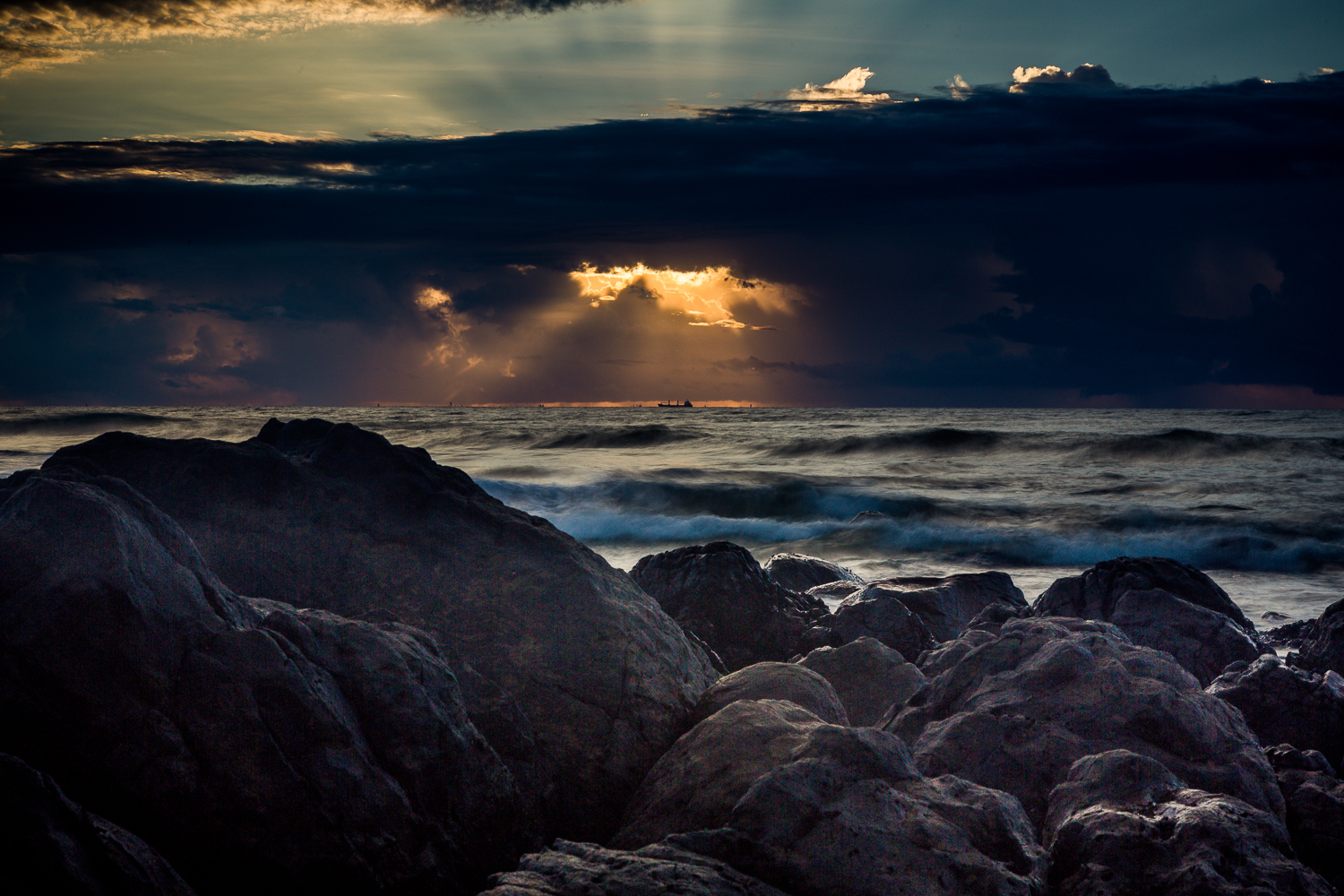
Zoomed-in image (Recovered shadows ranging from -2EV to -5EV):
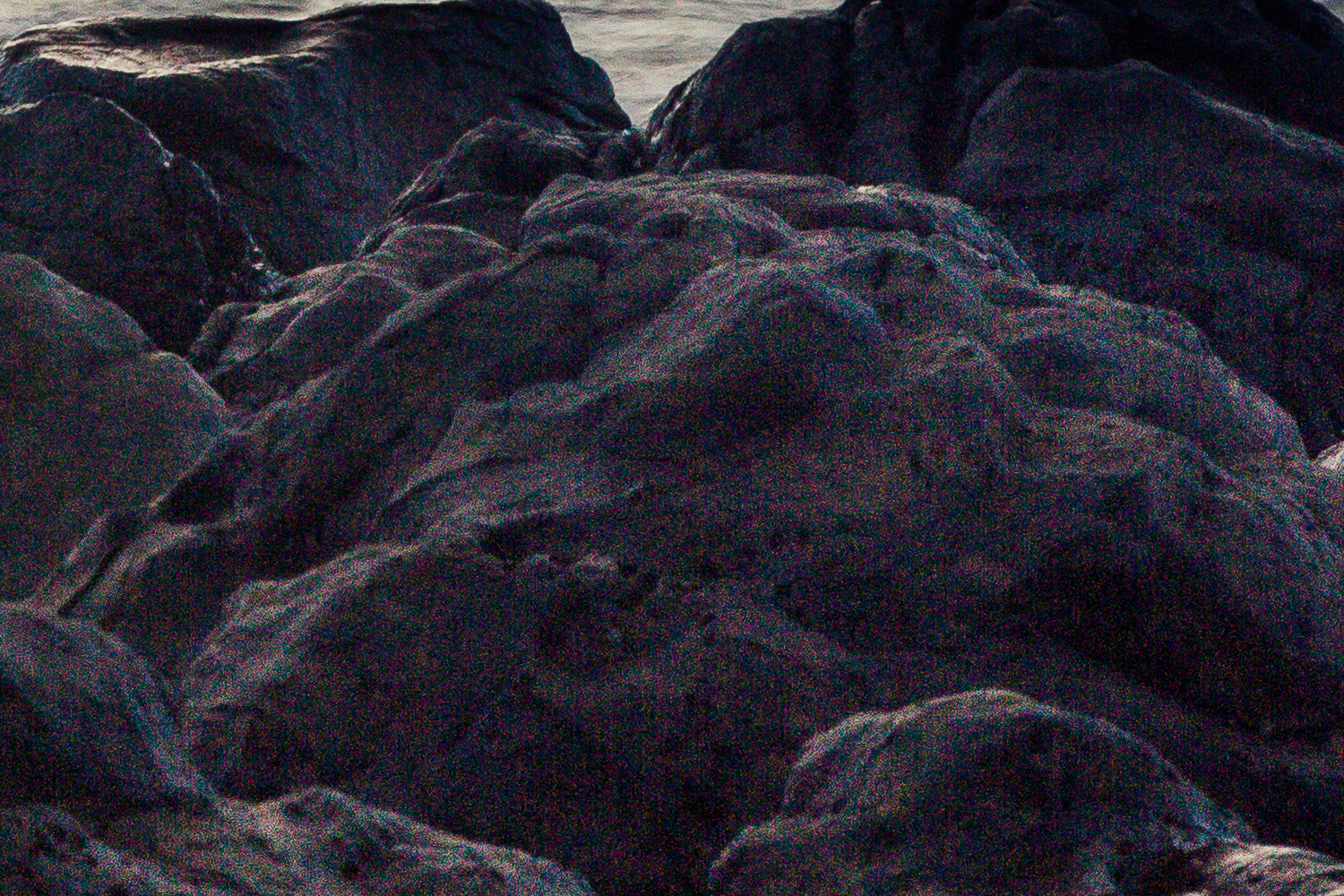
Seeing that I had read multiple reviews on how amazing the dynamic range of the Nikon D810 was, I decided to put it to the test. I shot two similar images under general florescent light (no studio setup), both in Standard Mode, RAW format at 100 ISO – one on my Canon 5D Mark III (Canon 50mm 1.2L USM, shot at f/2.8), and another on the Nikon D810 (Sigma 50mm 1.4 Art, shot at f/2.8). I shot them both a -5EV (which essentially means they were very dark images). Again, think of the real world example when you have to recover those shadows and darks from seemingly nothing. As far as processing both images, I did nothing to either one of them; I simply exported what the RAW file gave me. (No sharpening, white balance adjustments, contrast, noise reduction, etc.)
Here is the test image on my Canon 5D Mark III, shot at -5EV:
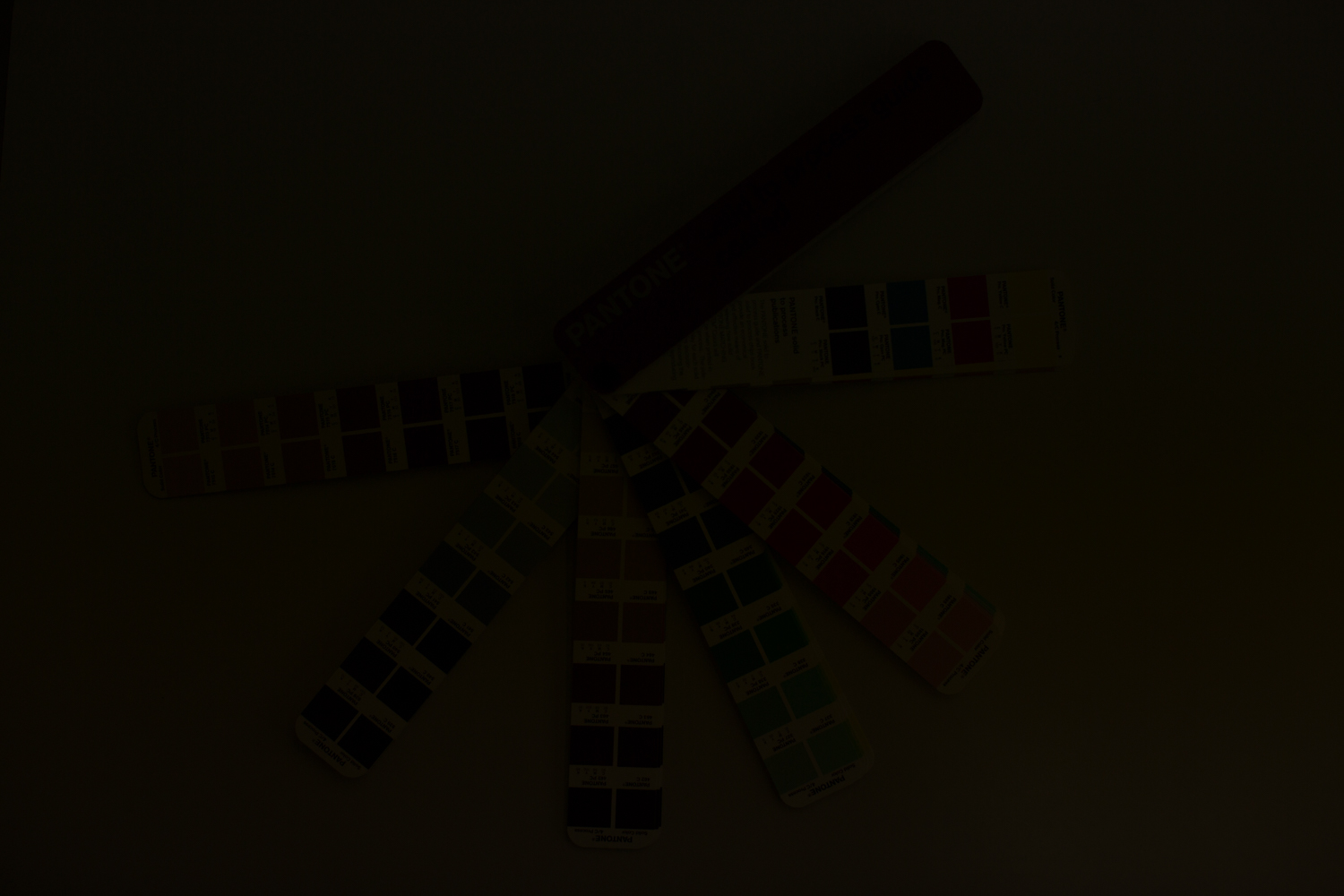
Here is the 5EV recovery of the Canon image in Lightroom. At web-resolution, it looks pretty good, especially for recovering 5EV!
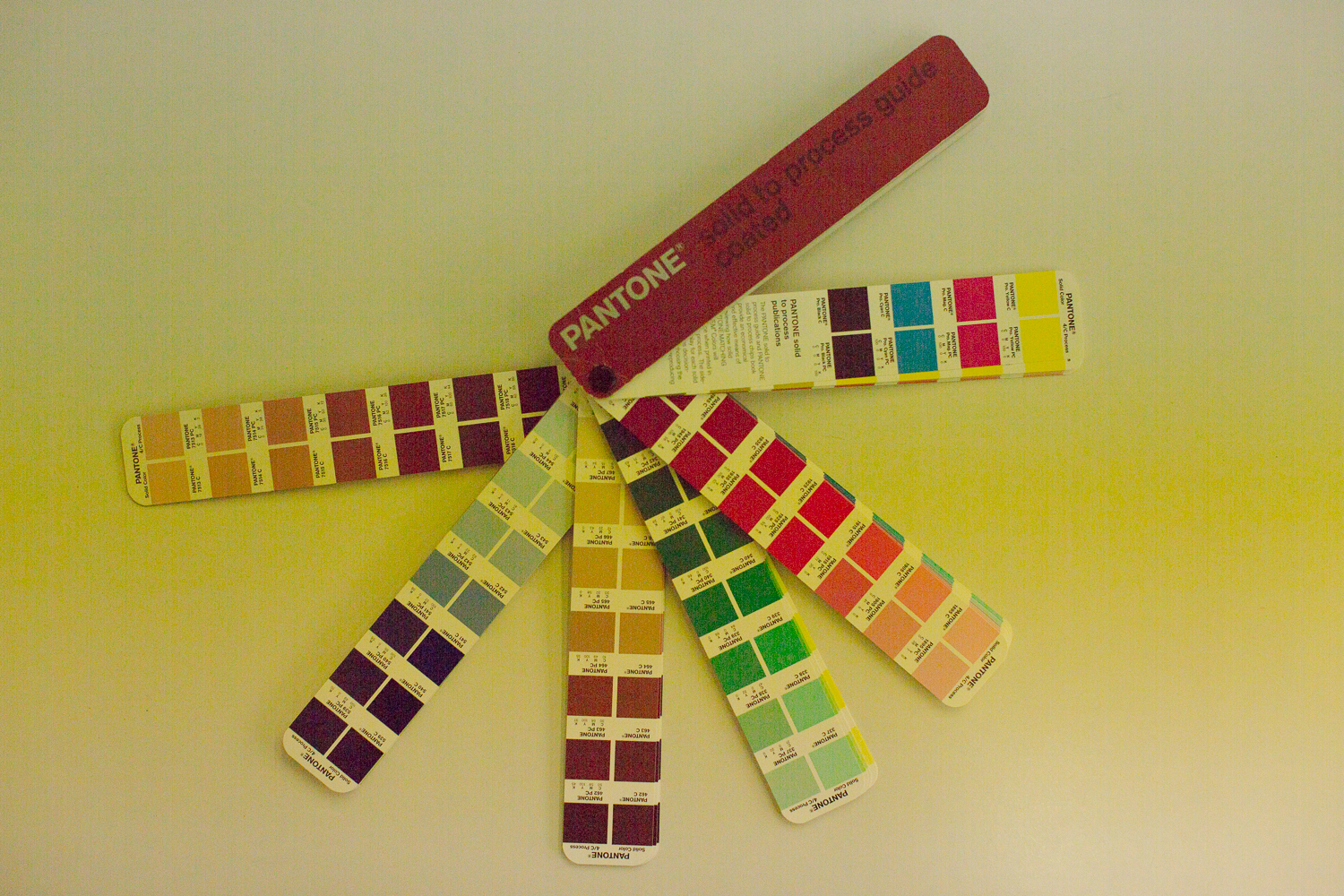
When we zoom in on it, it still looks pretty good, but notice the graininess to the image (like the rocks that I zoomed in on from India):
Here is the test image on the Nikon D810, again shot at -5EV:
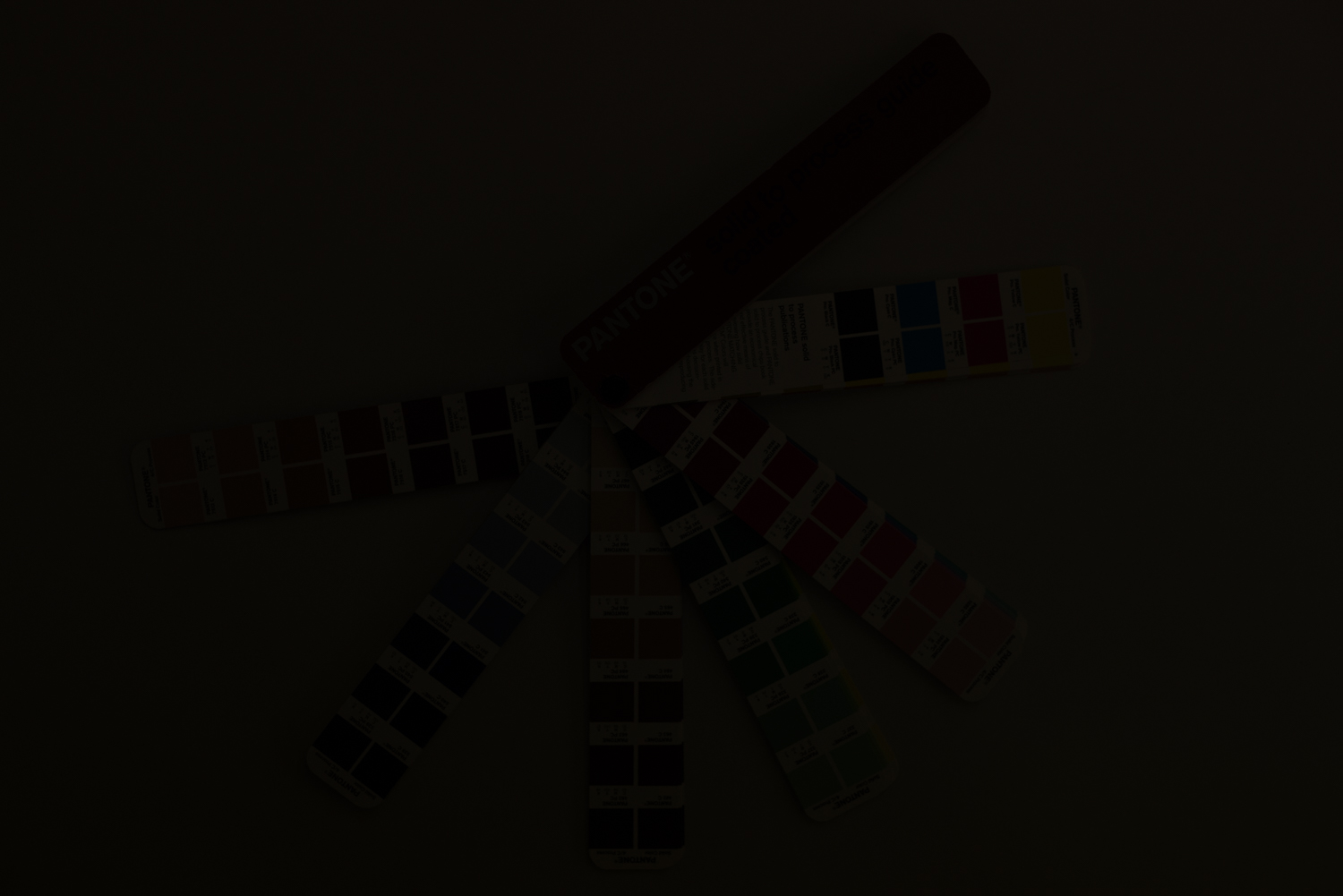
Here is the 5EV recovery of the Nikon image in Lightroom. Again, looks pretty good!

But when we zoom in on the Nikon image, look how much cleaner it looks!
That’s dynamic range, and that’s why I made the decision to switch. As Brian notes, the camera world is cyclical: Canon launches something amazing, then Nikon launches something amazing. And then there’s Sony, Pentax and all the rest. I imagine that it some point in the next year or two, Canon will launch something incredible that tops the D810 as far as dynamic range goes. But for now, the Nikon offers me the greatest dynamic range which is important for my technically-inclined personal post-processing methodology.
Again, should you switch from Canon to Nikon if you are happy with your images (and don’t need 5 stops of dynamic range flexibility)? Definitely not! Choose the best camera that works for you.
May the fourth be with you.

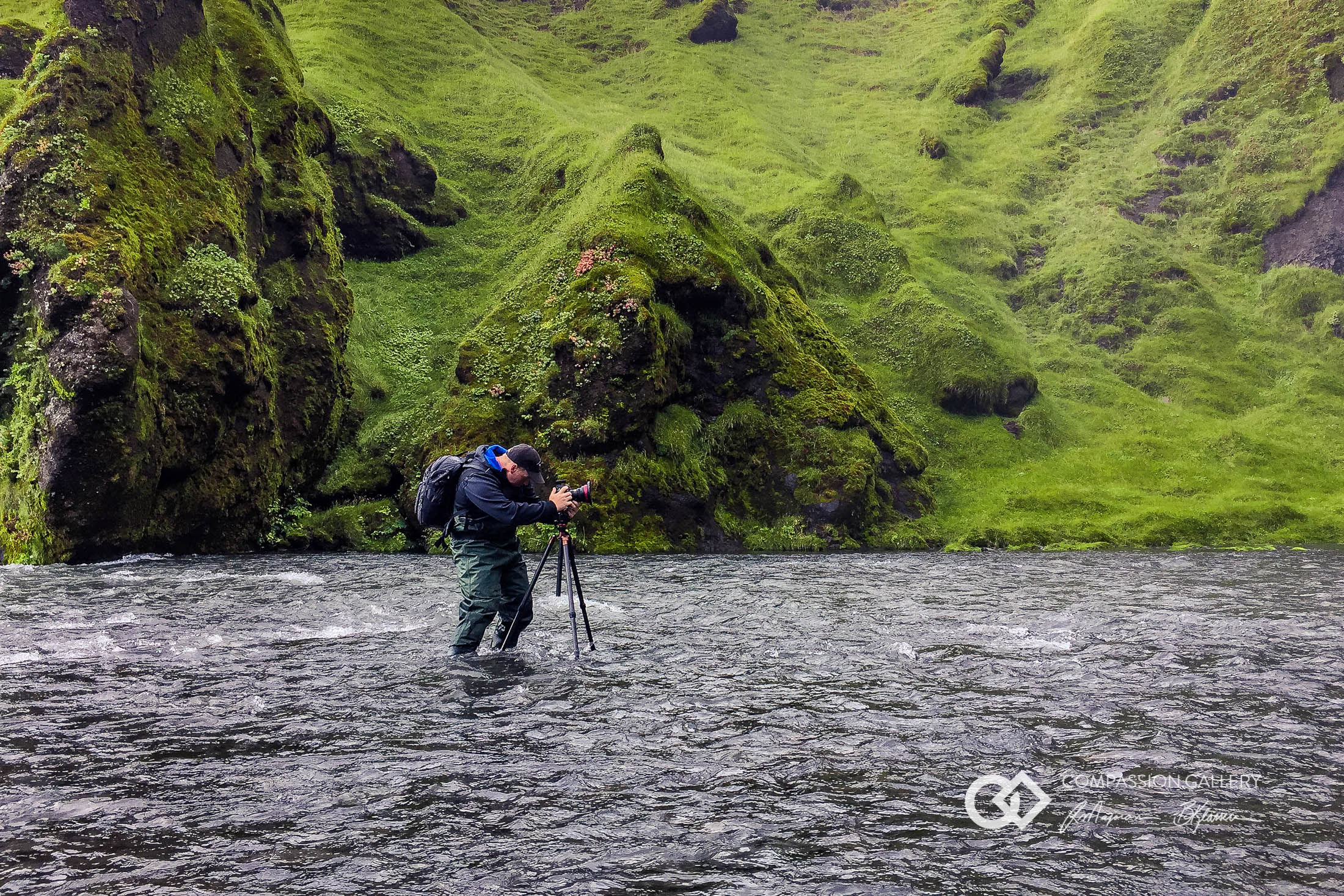
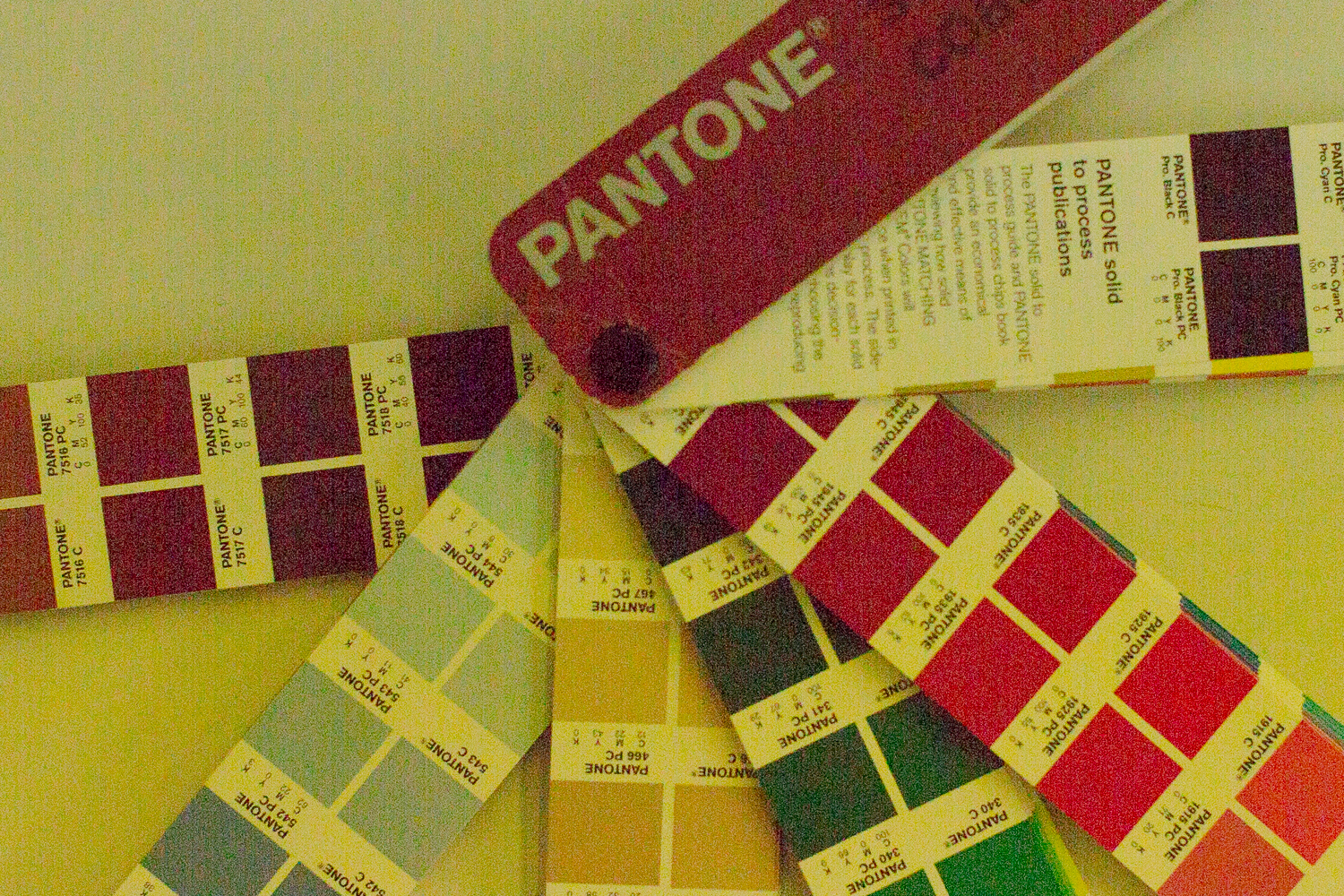
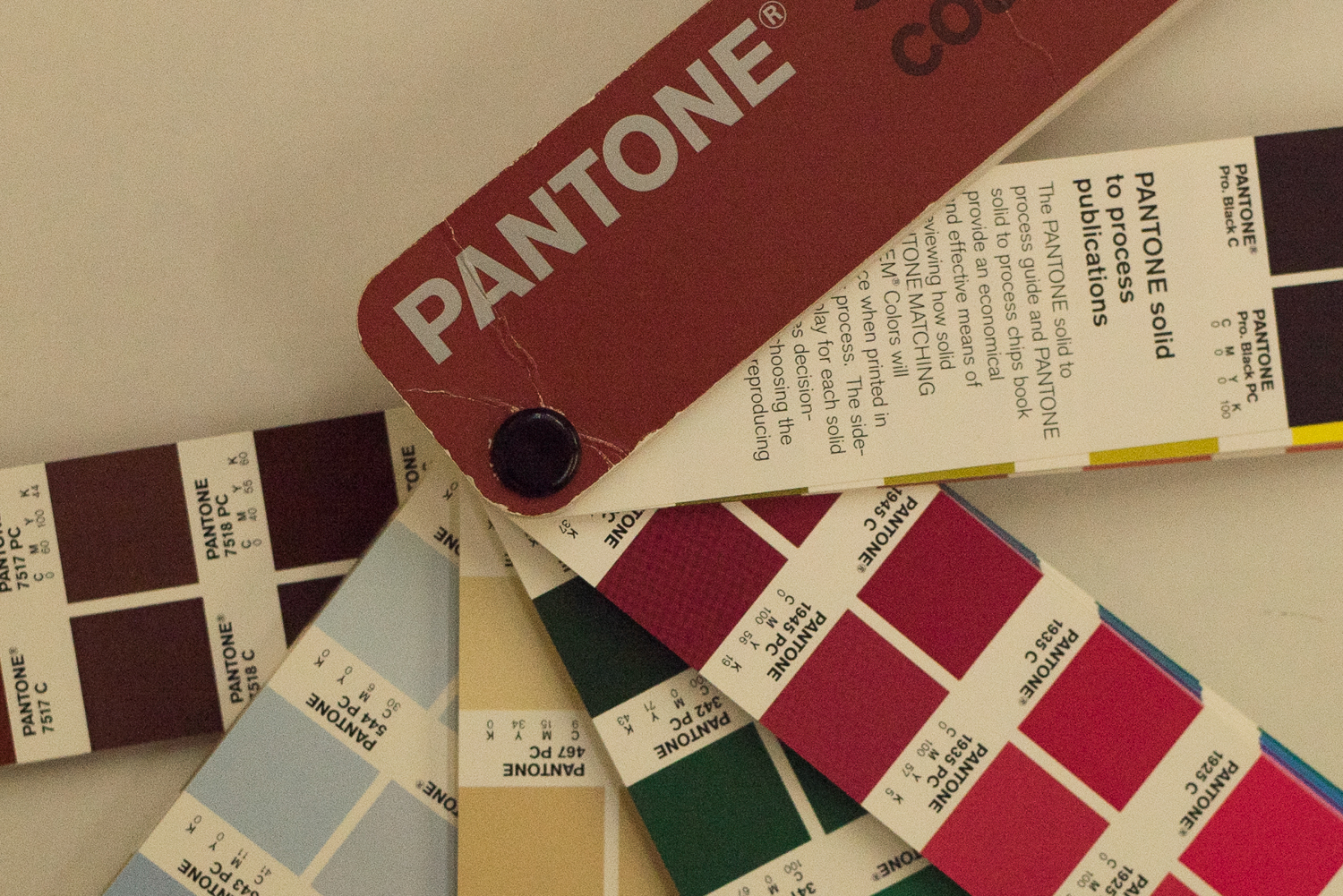
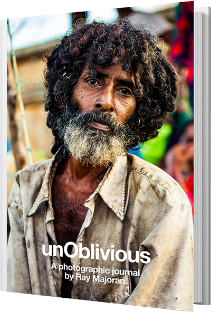 Do we see the amazing beauty in the things that God has created, the people He's brought into our lives, the situations He's put us in? Or do we live in a bubble, oblivious to His amazing wonder happening all around us? unOblivious is a 160-page photo-essay that helps answer that question.
Do we see the amazing beauty in the things that God has created, the people He's brought into our lives, the situations He's put us in? Or do we live in a bubble, oblivious to His amazing wonder happening all around us? unOblivious is a 160-page photo-essay that helps answer that question.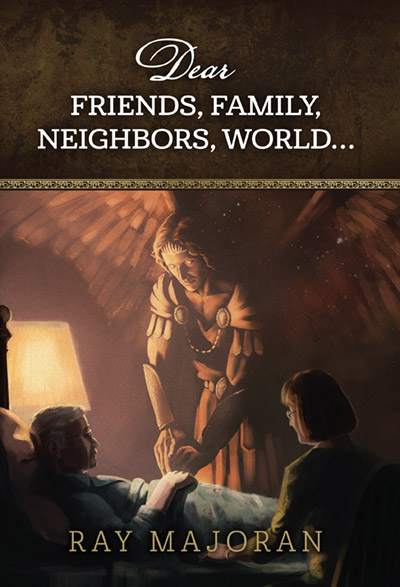 If you were dying and you had one last chance to talk with the people that matter most to you, what would you say? If everything was on the line, and nothing was left on the table, what wisdom would you impart? My name is Ray Majoran, and this book is my last lecture.
If you were dying and you had one last chance to talk with the people that matter most to you, what would you say? If everything was on the line, and nothing was left on the table, what wisdom would you impart? My name is Ray Majoran, and this book is my last lecture.